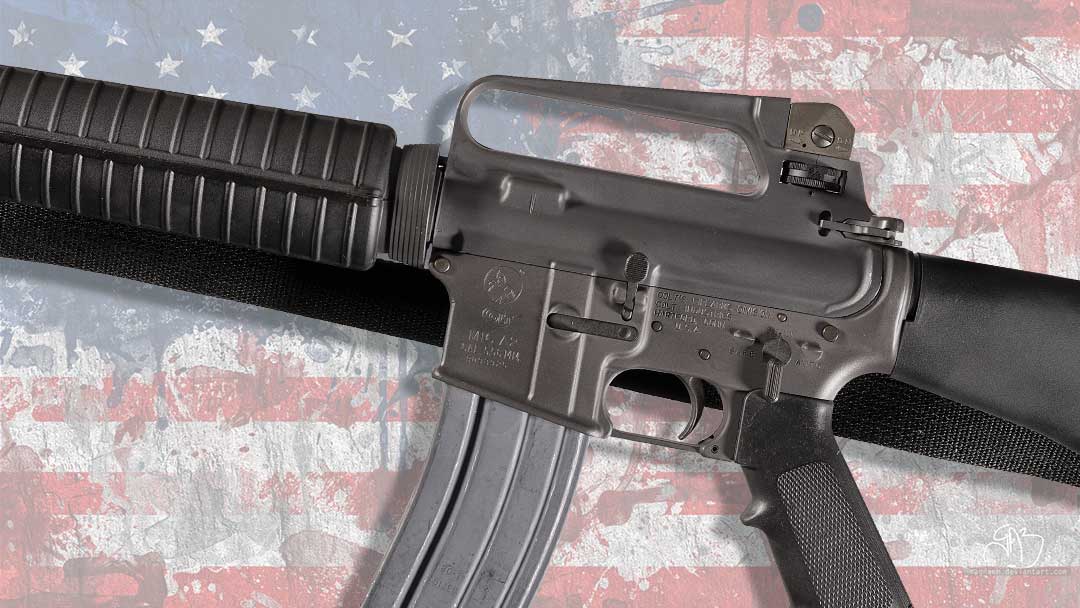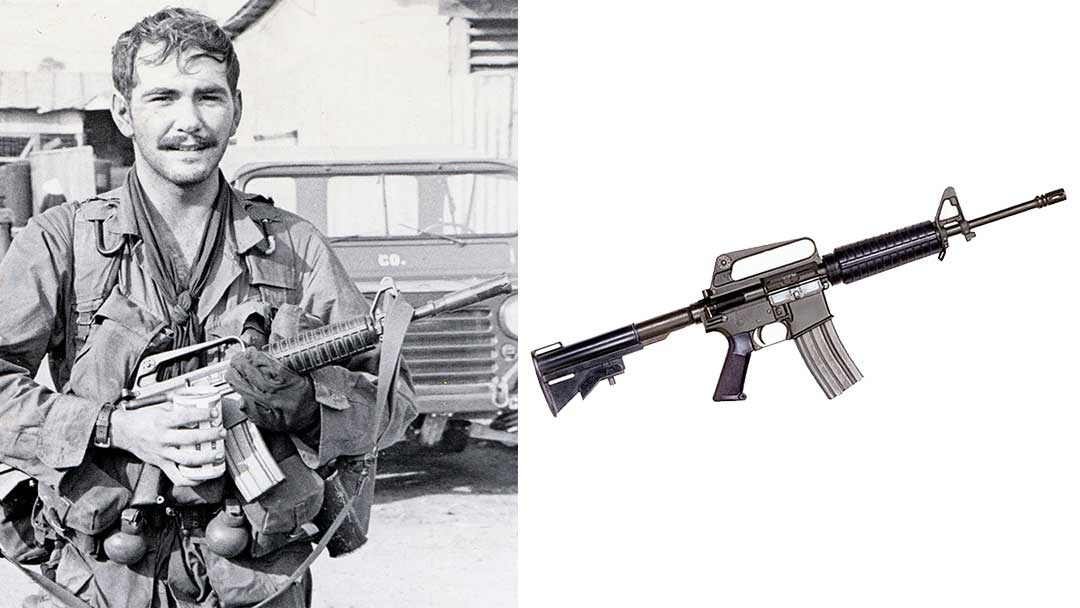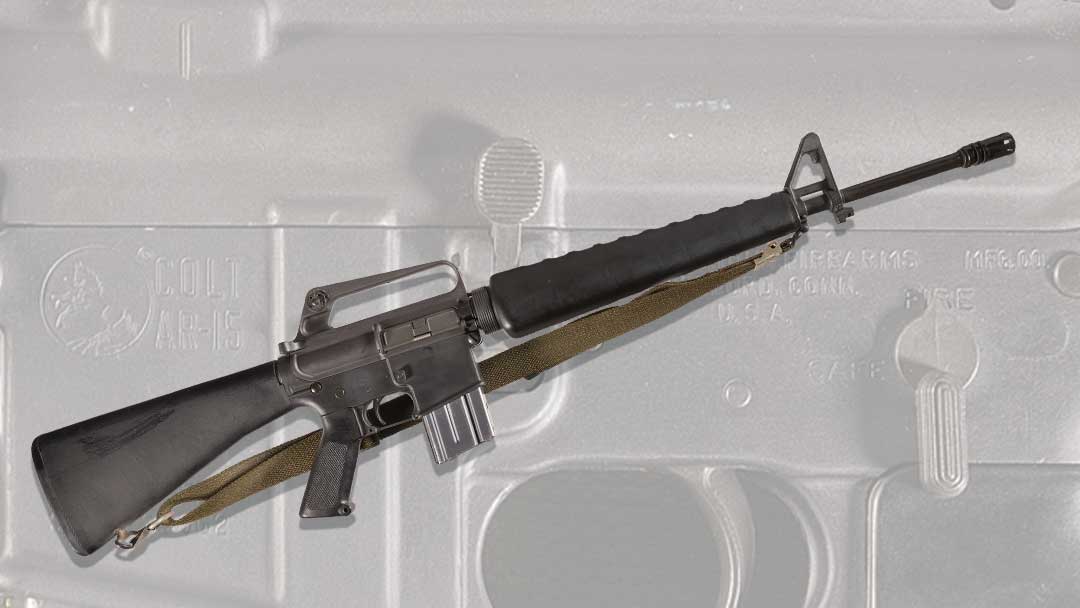Not to generalize, but I would expect a man named “Eugene” to be an accounting savant, not a world-class weapons designer. Yet Eugene Stoner, the kind-faced bespectacled genius behind the AR-15 would influence American Military doctrine for decades to come.

I believe it is safe to say that almost everybody is familiar with both the AR-15 and the M16. Firearms and military aficionados know them from their study of every US military action since Vietnam, and younger people in that demographic might recognize it from Call of Duty, Battlefield, or any game or movie that features the modern US military. People who may not be as keen on firearms ownership are familiar with the AR-15 from unsympathetic news stories that portray the weapon as an instrument of swift death.

Although this article is primarily about the Colt M16, it needs to be noted that one cannot discuss the history of the platform without discussing the AR platform. To quote the fantastically hilarious movie ‘The Interview’, the M16 and AR-15 are “Same-same, but different”.
ArmaLite History
First thing’s first. “AR” does not stand for “Assault Rifle” or “Automatic Rifle” or whatever else some guy in an office in New York calls it in his opinion piece. It stands for “ArmaLite Rifle” which is rooted in the corporate origin of its design. Born out of various aerospace backgrounds, ArmaLite designed weapons principally intended for the civilian market.

With Mr. Stoner as their chief designer, they saw early success with the AR-5, a take-down survival rifle that caught the attention of the US Airforce in 1956 for use by downed pilots. This variety of design was not limited to military applications, as ArmaLite soon released the AR-7 to the civilian market. This early success set the stage for ArmaLite to become a major player in the arms market, both civilian and military. But it was just a precursor to the company’s future success in this realm.
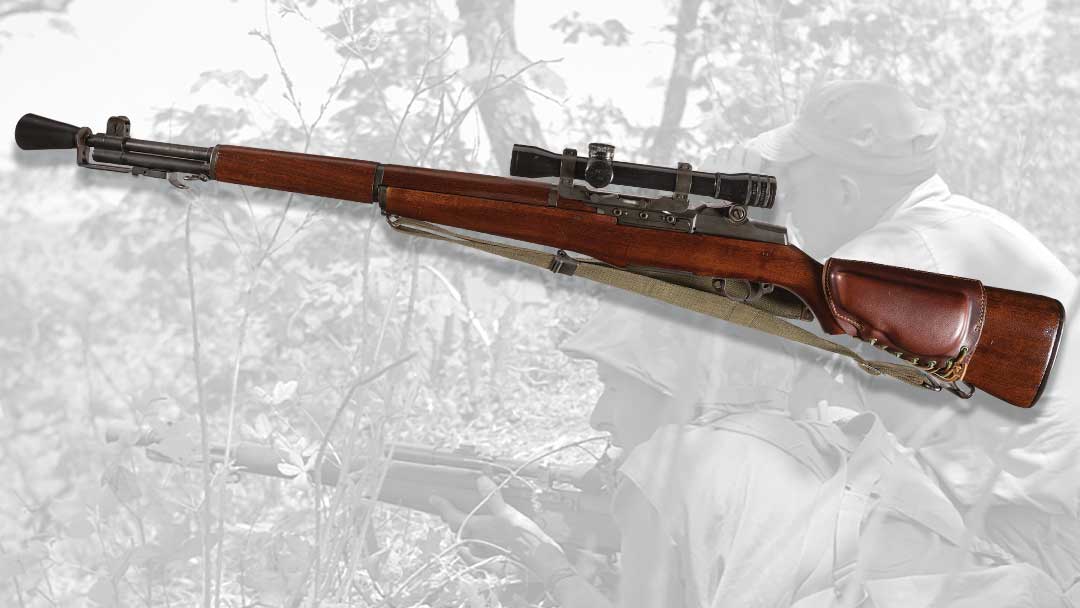
The tried-and-true M1 Garand was the principal service rifle for quite some time, beloved by troops during WWII and Korea despite its weight and low magazine capacity. A true workhorse of a rifle, the march of progress demanded updates. In 1955, the US Military began searching for a design to replace the Garand. ArmaLite’s entry was known as the AR-10, a design that would set the stage for the eventual birth of the AR-15.
The AR-10
Using the now-infamous direct impingement system, lightweight aluminum alloys for the receiver, and the 7.62 NATO cartridge, the AR-10 was truly a groundbreaking weapon. However, new innovations rarely prove perfect the first time. The AR-10 did not perform as well as desired during 1956 military endurance tests, and the platform was denied as the Garand’s replacement. That honor was given to the bulky, 7.62 NATO chambered M14 instead.
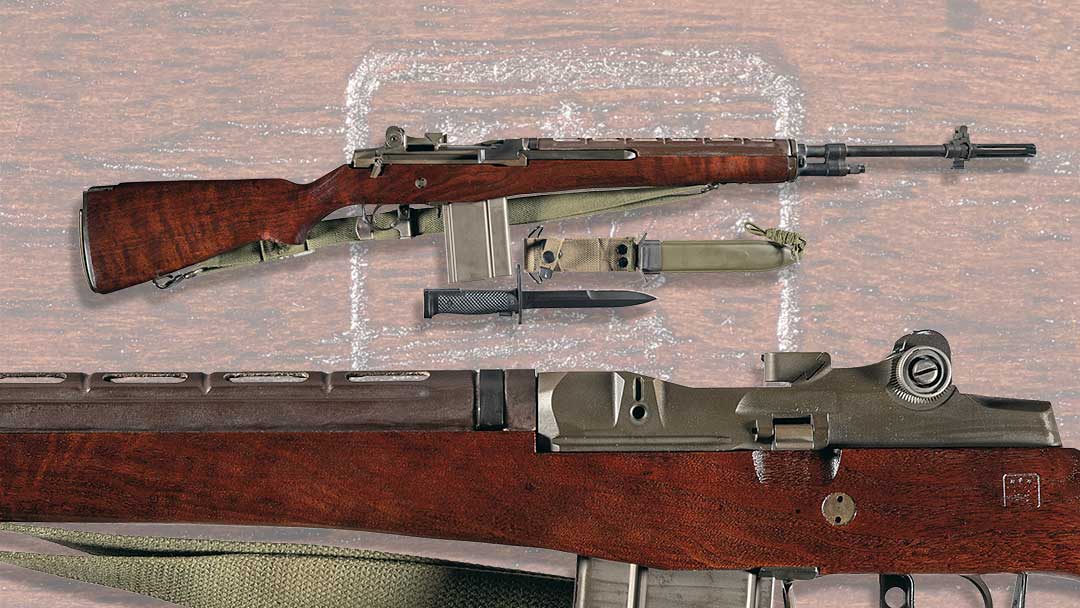
The most significant failure of the AR-10 was the rupturing of the barrel, which was made of a steel-aluminum alloy. Thankfully, the innovative nature of the platform could not be ignored, and after remedying its barrel issues, the rifle would end up being produced under a Dutch contract, as well as small orders by countries such as Portugal, Sudan, and even Cuba. Despite the lackluster reaction to the AR-10, the next phase of AR platform development would be much more of a crowd-pleaser.
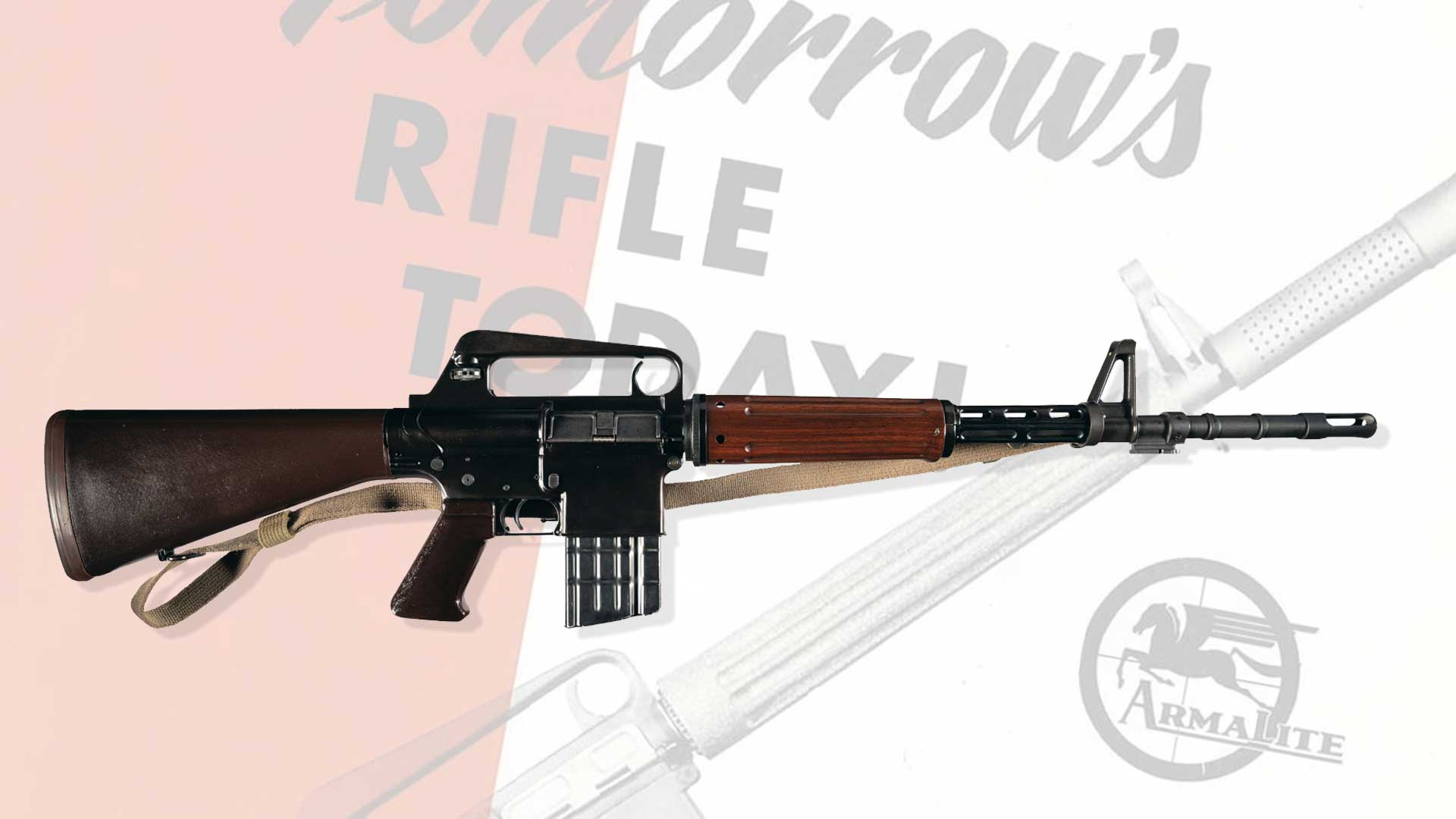
In 1956, ArmaLite began experimenting with a new rifle that utilized a .22 caliber round and the same direct impingement operating system as their previous AR-10 design. This weapon would be designated the AR-15. Thus, well over 65 years prior to this article being written, an icon was officially born. At this point, the US Military primarily chambered rifles in larger calibers such as .30-06 and 7.62 NATO.
Birth of the Colt M16
The proposed use of a small cartridge was a novel shift in doctrine and one that did not sit well with the fuddy-duddies at the Ordnance Department. Their mentality was one of “bigger=better”, and they were adamant that the M14 and its .30 caliber round would see service with America’s troops. Sales material stated that the smaller bullet would tumble on impact, providing much more damage in a small package. Also, the smaller size of the round, and the usage of 20 round magazines meant that each soldier could carry more ammunition into the field. The new design caught the attention of US arms titan, Colt, who purchased production rights for both the AR-15 and the AR-10 in 1960.

Eugene Stoner would himself become a consultant for Colt in 1961. This apparent perfect storm of design genius and manufacturing capability were all positive signs for the future of Stoner’s design, and it soon caught the attention of the US Air Force.
1961, General Curtis LeMay, much to the Ordnance Departments dismay, placed an order for 80,000 AR-15s to be produced for the US Air Force. As well, 1962 saw 1,000 AR’s sent to ARVN units and American “Advisors,” – troops working in a hush-hush fashion before a large US presence was present in the Vietnam region.
Reports were favorable, the new .223 caliber round saw devastating results against Vietcong combatants, and the fully-automatic capability of the rifle meant a squad could lay down an astounding concentration of accurate fire. Thus, in 1963, with the rifle officially in military hands, it would receive its official military designation: the M16.
M16 Early Issues
As promising as this novel design was, and as loved as it was by some, the M16 was initially plagued by problems. As early as 1965, there was a noted issue of the rifles jamming, and rounds would not extract. Colt marketed the rifle as “self-cleaning”, thus the Army in all its wisdom did not issue cleaning rods/kits with the rifle, nor insist on the recommended chrome-lined barrel, but did insist on a “forward assist” to help push a bolt into battery. Some believed (Stoner included) that the forward assist was nothing more than a cop-out. In their eyes, adding that wasn’t going to fix the underlying problem of severe fouling inside the rifle.

Stoner had no intention of adding a mechanism to manually push the round into the breach, nor was it asked for by those in the field. This proposed design addition was spearheaded by the Ordnance Department, a bureaucratic agency that at the time handled weapons approval and procurement for the military. Their rationale was what one might expect from a group of bureaucrats, and I imagine the conversation went something like: “well…we’ve always made it so the bolt can be manually closed. Do it again”.
The result of this oversight was catastrophic, as troops would sometimes have to tear down the weapon while under fire: a recipe for disaster. A congressional committee (the Ichord Committee) began looking into the epidemic of M16 failures in 1967. Their findings showed that it was not the rifle itself, but the gunpowder used in the ammunition. In 1964, the Department of Defense had changed from the extruded (cylindrical) IMR 4475 propellant, used by Stoner in development, to Olin Mathieson’s WC 846 ball (spherical) powder. It produced the same pressure as IMR 4475 and was already in use with the 7.62 NATO cartridges used by the M14. It didn’t hurt that Olin had enjoyed a long relationship with some members of the Army.
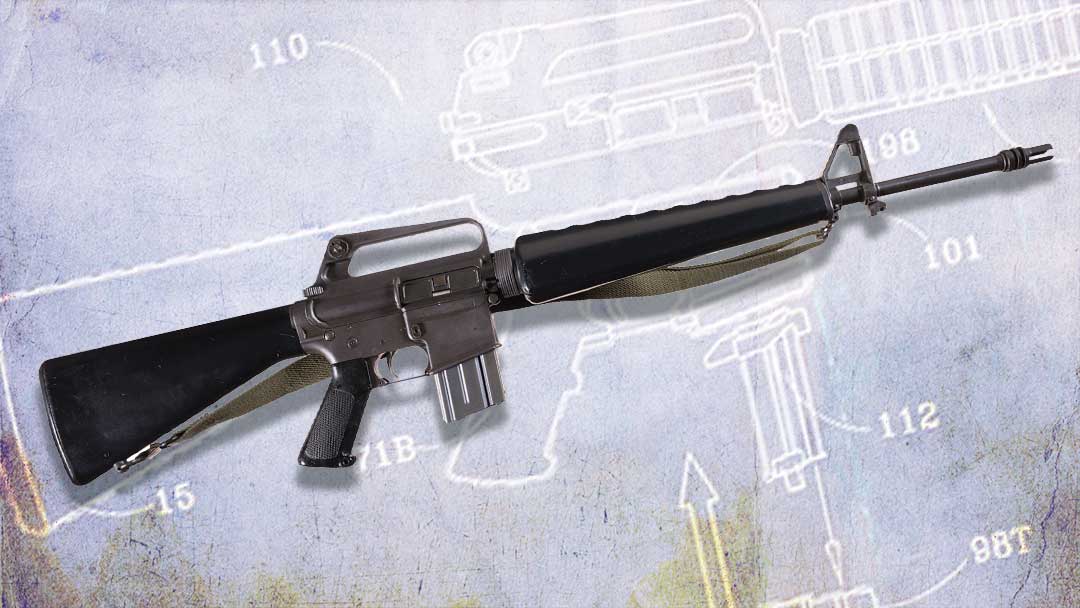
Unfortunately, Olin’s ball powder reaches peak pressure much faster and produced higher levels of carbon fouling, especially within the receiver. Those high pressures increased the cyclical rate, resulting in the bolt opening prematurely. The result: numerous malfunctions, unnecessary fatalities among U.S troops, and devastating press coverage.
The M16A1 Rifle
Just four years after the official birth of the M16, its first redesign would result in the M16A1. It included a “forward assist”, which was nothing more than a button on the right side of the receiver that would ensure rounds could seat if conditions required.
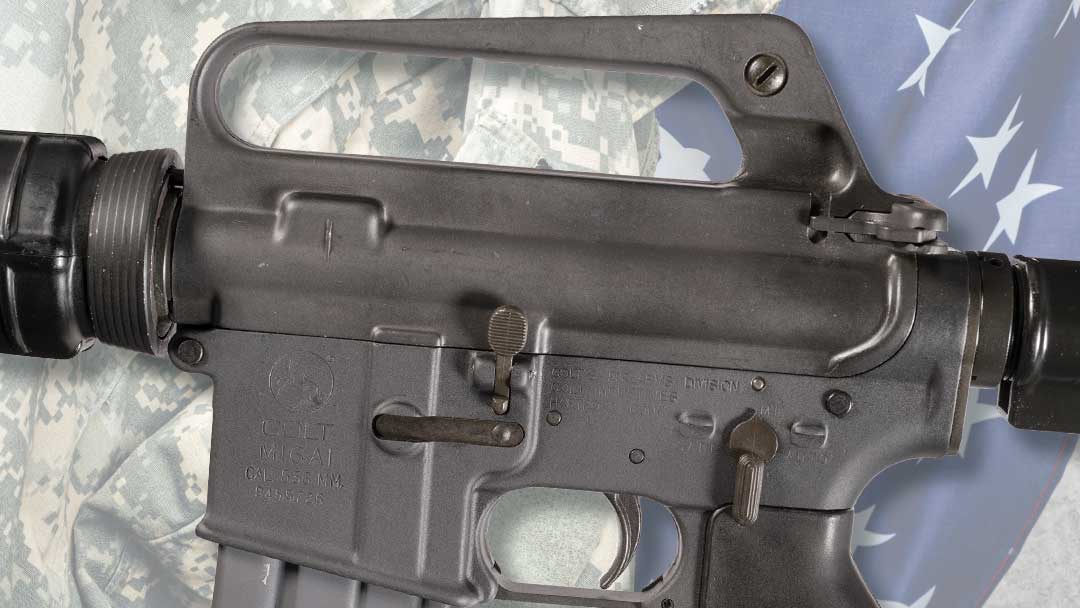
The results of the congressional committee led to the discontinuing of Olin-made powder, as well as the inside addition of a chrome lining in the receiver to make field cleaning much easier. The timing of this decision could not have come sooner, as the Tet Offensive loomed on the horizon, and the reliability of the rifle improved before the ensuing chaos of 1968.
The CAR-15
This is the perfect time to sneak in a shout-out to possibly my favorite weapon ever devised: the CAR-15. During the Vietnam War, the “Studies and Observations Group”, or SOG, were fighting a secret war deep behind enemy lines. Operating behind the borders of Laos and Cambodia, SOG operations were fast, furious, and almost always ended in a firefight. Utilizing sabotage and ambush, the SOG struck fear into the North Vietnamese, viewed as a dangerous specter hell-bent on disrupting their operations on their home turf.
In 1967, Colt produced 510 “shorty” M16s to be sent to SOG units. With just an 11.5 inch barrel, telescoping stock, and a redesigned flash hider, the CAR-15 would become beloved by the SOG “hatchet forces” with whom it was issued. Since many of their operations occurred in the thick of the Southeast Asian jungles, the compact size of the CAR-15 was perfect for their purposes.

These units were allowed to use pretty much whatever weapons they could procure (some stories tell of a SOG trooper utilizing an MBA Gyrojet pistol) and they often chose small platforms like the MAC 10 (God bless Mitchell WerBell) or sawed-off shotguns. These weapons required ammunition to be sourced elsewhere, but the CAR-15 used the standard issue .223 round, which could be found through regular Army supply chains. The CAR-15 did not see widespread use, but as a weapon tailored for a very specific purpose, it deserves a bit of recognition.
The M16A2 and Beyond
After Vietnam, the M16 maintained its place in the hands of American service members, and its modern iterations continue to be much loved to this day. There have been a number of changes made to the platform since the early addition of the forward assist. The M16A2 was the next stage of upgrades made to the platform introduced in the mid-1980s and first adopted by the USMC. New additions to the platform included an updated handguard, a case deflector, adjustable rear sights, and a heavier barrel.
A decade or so later would see the introduction of the M16A3 and A4, which really brought the platform into the modern age. The iconic top-mounted carry handle would become removable, attached via a flat “rail” upon which various optics could be mounted, making the rifle much more modular and ready to handle whatever the mission might require. Pictured below is me at the range firing my Armalite (just a little flex) which is built on the A4 design.

Future of the M16
The last big change would result in a new designation entirely: the M4 carbine. While an M16 in principle, the M4 borrowed heavily from the design theory of the CAR-15 mentioned earlier. Initially conceived for use by Special Forces troops, the M4 can now be found in the hands of many US troops. Its adjustable stock is as iconic as the carry handle seen on the M16. As well, the handguard now includes rail space for the mounting of accessories such as flashlights or IR illuminators. It’s a workhorse of a rifle and in a conveniently compact package.

The US military in recent years has made numerous attempts to find a suitable replacement for the M16 platform, yet it remains. It isn’t a perfect platform, but no weapons designer yet can say that they’ve designed the “perfect” platform. Some deride the direct impingement system, yet it has been in use for decades. Granted, it helps that cleaning kits are now given out by Uncle Sam to our troops, remedying a lot of the issues seen with the platform during Vietnam.
The AR-15 Platform Today
I, like many Americans, have a fair amount of experience with AR-style rifles. They are just so common in stateside gun safes and people love shooting them. My AR just devours whatever ammo I feed it (except steel-cased, because I’m a brass loving patrician) with very few instances of failure to feed or jams of any kind. Part of that might be my borderline obsessive fixation on cleaning the rifle after EVERY range trip, but I believe it’s more than that. It might be a dirty system, but it is reliable as can be.
Beyond the reliability of the system, the ergonomic side of the design is also intuitive by nature. The bolt release is on the left side of the magazine well, so a practiced shooter can load a fresh magazine, and with a swift movement of their left thumb slam the bolt release button resulting in the bolt slamming forward and putting a round into the battery. The speed with which some can manipulate their AR can be astounding. Obviously, that takes practice, but the design of the rifle makes it easy to understand even for a first-time shooter. The biggest gripe I’ve heard about the AR is “it isn’t as durable as the AK-47” which is, in my opinion, apples to oranges. It is a different weapon, designed with different doctrine in mind. Yet, my response, jokingly or not depending on who I’m talking to is, “Well, get good”.
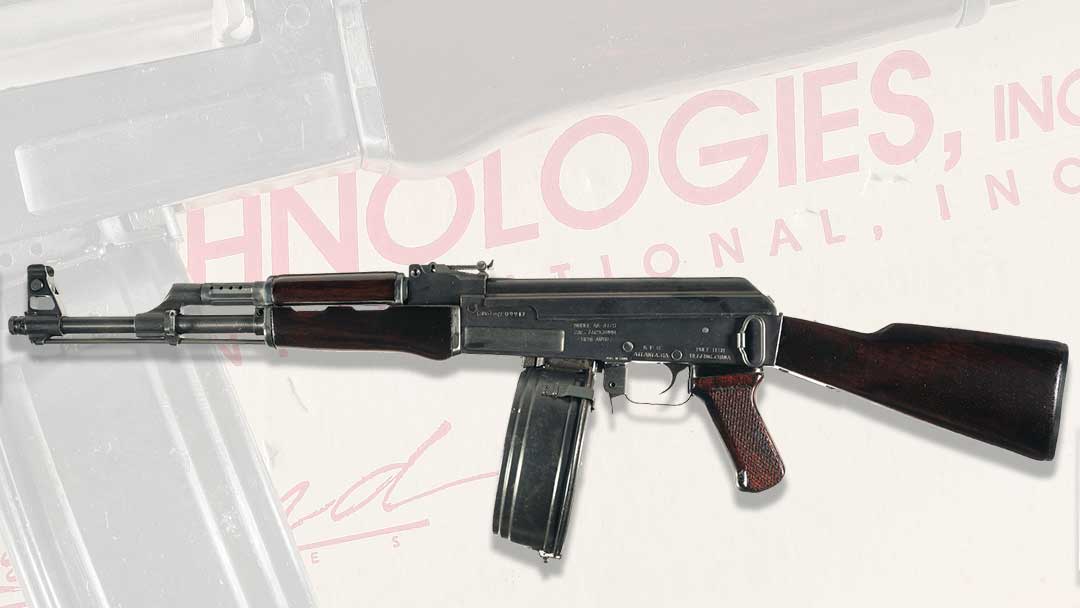
Buying and Selling an M16
If you’re looking to acquire an AR or M16 of your own: RIAC has you covered as always. We’ve sold quite a few Class III M16s over the years, and almost all of our A&A Day Auctions contain AR-15’s in some capacity.
Luckily for the shooters out there, 5.56 is available again, making range days with your friends a reality again after a year or two of ammo shortages. To be fair, it’s been mighty cold lately in the Midwest, so I ask my friends in warmer places to let off some rounds in my honor. I can’t stand when my toes get cold.

SOURCES:
https://philologiavt.org/articles/10.21061/ph.228/
https://nationalinterest.org/blog/buzz/all-reasons-us-army-hated-m16a2-rifle-103172
https://www.npr.org/2018/02/28/588861820/a-brief-history-of-the-ar-15
https://www.nrablog.com/articles/2017/4/a-brief-history-of-the-ar10-the-ar15s-big-brother
https://www.americanrifleman.org/content/the-ar-10-story/
https://www.theatlantic.com/magazine/archive/1981/06/m-16-a-bureaucratic-horror-story/545153/
https://nationalinterest.org/blog/buzz/introducing-car-15-americas-ultimate-commando-rifle-39617
https://www.americanrifleman.org/content/u-s-m16-a-half-century-of-america-s-combat-rifle/
https://special-ops.org/colt-m16a2-an-improved-version-m16-assault-rifle/

